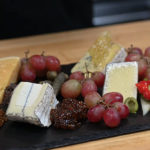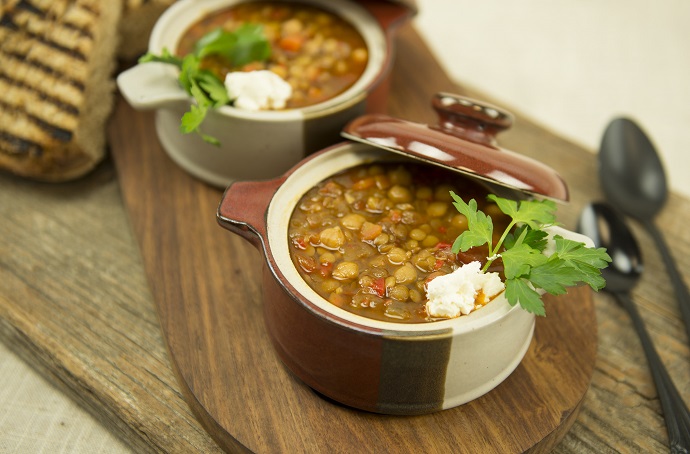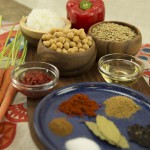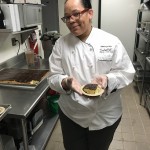Curious about the authentic day-to-day culinary traditions of the countries you’d like to visit? Us, too! Especially as we build menus that include authentic meals from around the world!
We hope you enjoy this series on international cuisines as much as we did creating them! We explore the traditional diet and popular dishes, kitchen equipment, eating traditions, and more! We start in Morocco.
Morocco
The Diet and Popular Dishes:
The Moroccan diet is heavily grain-based, focusing on the wheat found in couscous, breads, and pastries. The main protein sources are lentils, chickpeas, and fava beans. Moroccans also frequently eat beef and veal, as well as poultry in the form of chicken and pigeon, and fish in coastal regions. Milk is eaten in custards and cheeses, but rarely consumed fresh or as yogurt. Olive oil and clarified butter are the main cooking fats. Popular fruits and vegetables are: apricots, artichokes, cabbage, cardoons, cauliflower, fennel, grapes, lemons, olives, oranges, peaches, peppers, plums, pomegranates, pumpkins, quinces, tomatoes, turnips, and zucchini.
Moroccan cuisine uses many spices and herbs, especially cilantro. It’s not uncommon to include a dozen or more seasonings in one dish. For example, the popular spice mix, ras a hanout, can be composed of as many as 30 spices.
Morocco is probably best known for its couscous and its tagine — a chicken, lamb, or fish stew with vegetables. Some interesting but less well-known Moroccan foods are bisar, a spiced bean paste eaten with bread, and bastilla, a very large — we’re talking a foot or more in diameter — savory pie.
Cooking Methods and Equipment:
Traditional Moroccan kitchens had no oven. Moroccans instead use a brazier (majmar) for frying, boiling, and grilling, as well as tagines for casseroles and stews. Other necessary equipment are steamers, knives, mortars and pestles, and sieves.
Meal Practices and Eating Traditions:
For breakfast, many Moroccans enjoy a light meal of fried dough dipped in honey; cheese, olives, bread, or bisar; and sweet green tea flavored with mint or orange blossoms. Lunch, the largest meal of the day, has several courses. It may include soup, raw or cooked salads, tagine, and fresh or dried fruit. For dessert, they enjoy small, dense rounds of anise-flavored bread. Dinner is a smaller, less important meal than lunch — unless guests have been invited, in which case, hospitable Moroccans pull out all the stops.
Meals are customarily eaten while sitting on the floor. Food is taken from a common dish using only the right hand, and leftover juices are soaked up with bread. The logical exception to this rule is soups, which are eaten with spoons.
Moroccans usually eat at home. Many buy small quantities of meat and produce daily and cook it the same day, instead of shopping once a week. Should they eat out, most Moroccans eat street foods rather than going to restaurants. Urban restaurants cater largely to foreign tourists seeking authentic Moroccan cuisine.
Fun Facts:
Morocco ranks ninth in the world for tea consumption. When serving guests, Moroccans ceremonially pour the tea from at least a foot above the teacup.
Recipe:
Stay tuned for a recipe for Morrocan Lentil & Chickpea Soup!








